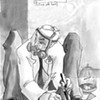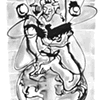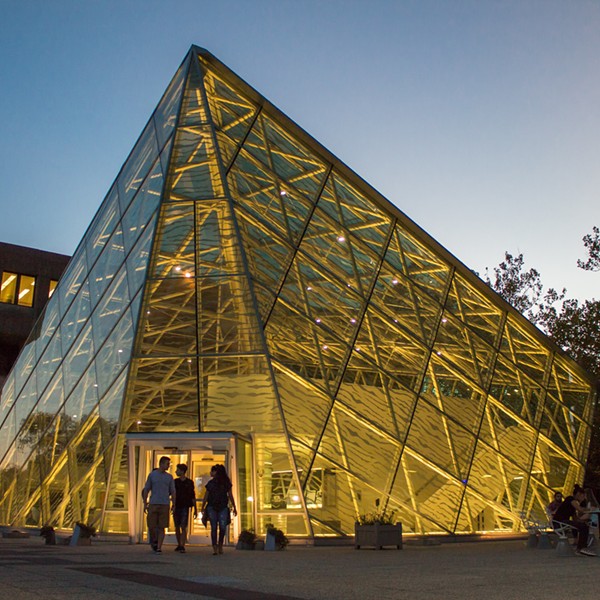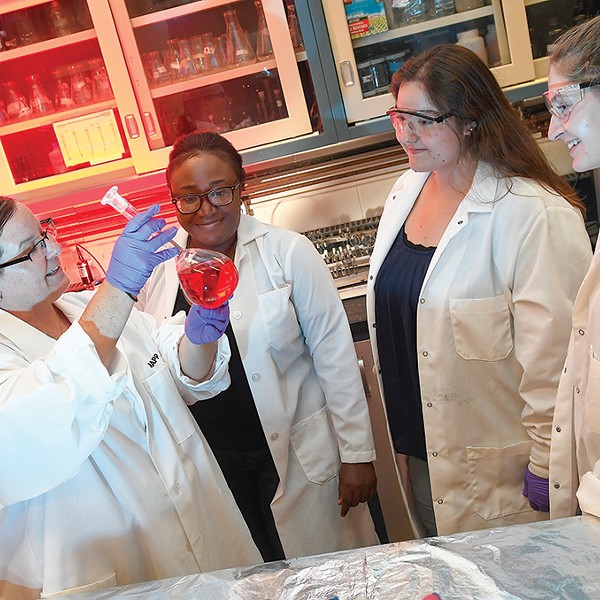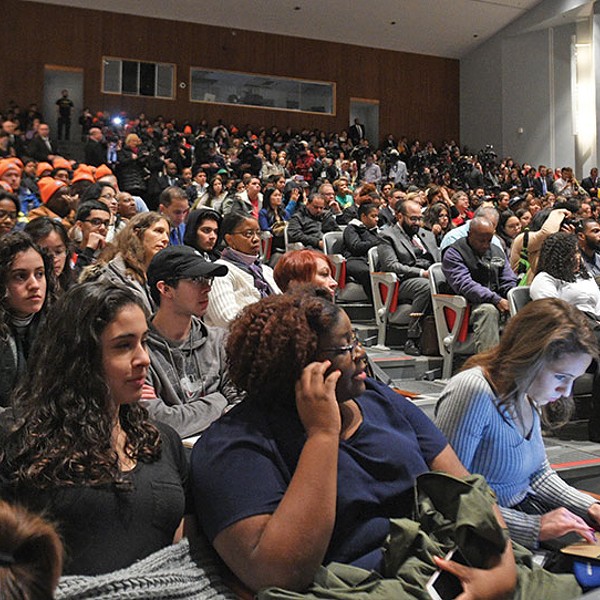How could it be that New York State officials claim that contaminated dormitories in New Paltz are perfectly safe, while recent independent testing, conducted by me, shows widespread pcb contamination? The answer is the difference between science and political science. This issue appears any place toxic contamination is a potential problem, from factories to neighborhoods built on abandoned dumpsites, to the apples you eat with your breakfast. We live in a world where it is the presumed right of corporations and government entities to pollute our environment and our bodies, beginning with what happens to us in the womb and what is contained in the breast milk fed to children. With this presumption comes the politically scientific idea that a little poison is okay, because that’s what you’re going to get.
In late 1991, a catastrophic electrical accident befell the state college campus in New Paltz. Power equipment containing highly toxic insulation fluid called pcbs burned or exploded in six buildings, including four dormitories that house a total of 990 or more students each year. The incident spread pcbs, and their by-products, dioxins and furans, and other chemicals not discussed in state records (such as chlorinated benzene) through the dorms and two academic buildings.
A massive cleanup project ensued, costing at least $50 million. But two dorms, Capen Hall and Gage Hall, where about 400 students live each year, were opened just a month after the incident. As with most pcb-contaminated structures, there was left behind what’s called a “reentry level,” that is, the presumed safe level.
One must keep in mind that the declaration that a building is safe based on the reentry level is, in theory, based on having an accurate assessment of the presence of chemicals within a structure. It’s also based on the possibility that a safe level of exposure is in fact possible. Capen and Gage halls were opened with data missing from two critical areas: the heat systems and the ventilation systems. These areas were presumed to be clean even though state officials and contractors had reason to believe, based on tests from the campus and experiences in other situations, that there might be a problem.
In addition, both dorms were opened with many areas having known contamination, but sealed off from student access, usually by plastic sheeting and a locked door. These areas were worked on later, after students left for summer vacation. In Gage Hall, students and moon-suited decontamination workers traded places for three years after the building was first reopened.
In 1997, a new testing program began. In the executive summary of the first follow-up test, the consultant, Adirondack Environmental Services, explains the testing protocol: “A total of 29 wipe samples and three field blanks and 30 air samples and three field blanks were collected in randomly selected rooms in the four residence halls.” The report concludes, “The results of wipe and air sampling were below…published exposure limits for pcbs.”
But there are three problems with the testing protocol that I’ve been pointing out for years. The first issue is that wipe samples look for pcbs where students already have had direct contact and are likely to clean the surfaces off prior to the sampling. Student desks and floors are cleaned regularly, whether by elbows, mops, or buffing machines. This means that you won’t get an accurate indication of pcbs in a place; an already clean area is being tested. If pcbs were there, they were cleaned by being taken into someone’s body or clothing, or being buffed out of the neighborhood.
The second issue is that this protocol does not address hot spots—places in the structure where there are known concentrations of pcbs, or possible concentrations, or hidden concentrations. In Gage Hall, the ventilation system is known to be contaminated, though this isn’t acknowledged by state officials, who pretend that contamination was never found. There was, by as early as 1992, substantial reason to believe the radiators in Capen, Gage, and Scudder halls would also be contaminated, but the state has yet to test a single one. Plus, pcbs have shown up in odd places (on a fire extinguisher, in phone booths, and other places with no clear explanation how they got there) and to find all the hot spots, you need to check a building thoroughly, not “randomly”.
The “surface wipe” protocol does not address special hazard conditions either. In theory it addresses movement of pcbs in the air by testing the ambient air in dormitory rooms. But what if the pcbs are only moving under special conditions? The contaminated exhaust vents are located (among other places) on the ceiling of every shower stall. So, for example, what would happen if you ran the hot water in the showers for a while and sampled the steam or warm air coming out of an adjoining vent? Or, what would happen if you cranked the heat up to full blast on a cold day and sampled the air right above a radiator? These are conditions under which I am concerned students are being exposed in Capen and Gage halls, as well as nearby Bliss and Scudder halls. But state tests don’t account for them.











